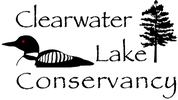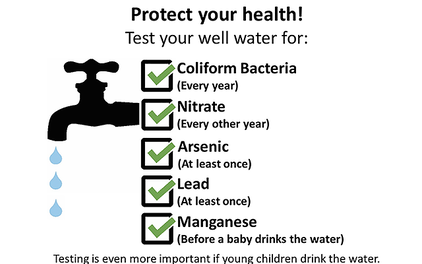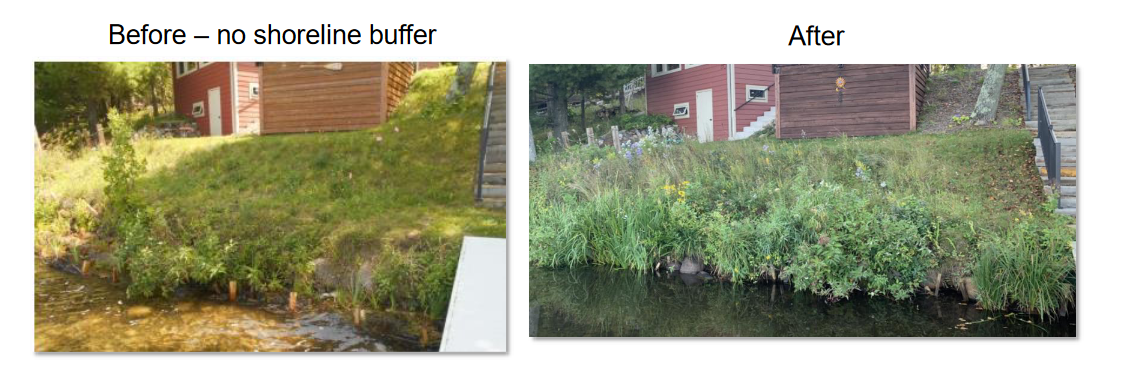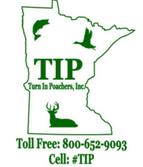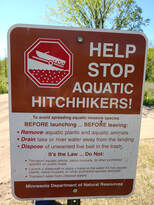|
What You Can Do to Help Protect and Preserve Clearwater Lake
See Well Testing, Results, and Options on the MN Department of Health web site. Purchase kits locally (A.W. Research Laboratories near the Brainerd airport has these for sale).
OWN YOUR WAKE!
These impacts are greater when water levels are high and shorelines are saturated.
Boaters must be aware that their actions directly impact the environment. They should take steps to reduce their wake when operating near shore or when water levels are high. Under Minnesota law, the damage your wake causes is treated the same as damage caused by an actual collision. Personal watercraft (PWC) must stay at least 150 feet from shore. There is no required distance for boats, but by staying at least 200 feet from shore or other structures boaters can reduce the likelihood their wakes will cause damage. Boats that create an artificial wake may require more distance to lower the impact.
|
